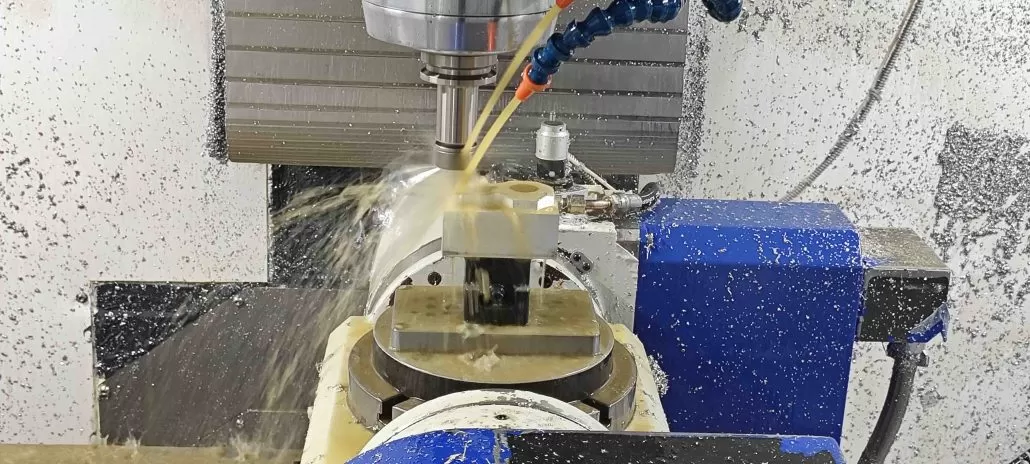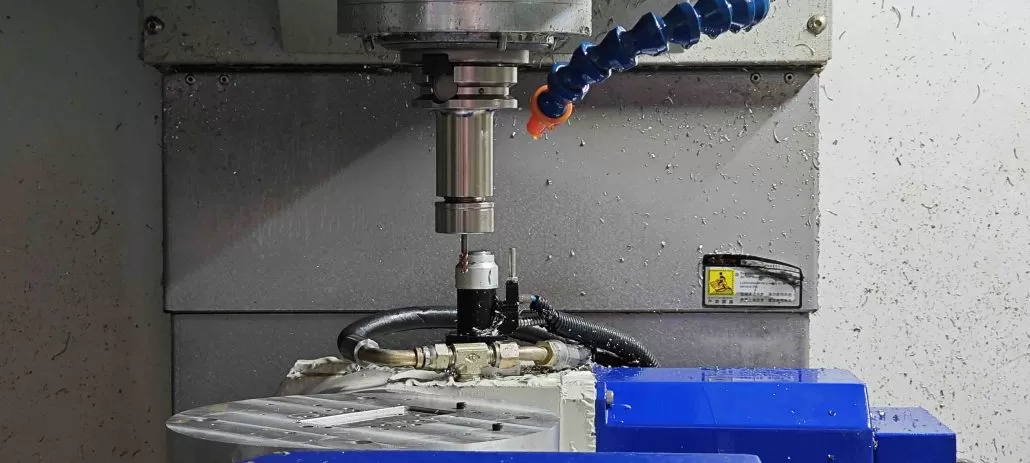With the continuous innovation of manufacturing processes in CNC machining, enterprises have been searching for ways to improve efficiency and reduce labor costs. One way to achieve this goal is through automation. In this article, we will explore how to automate CNC machining and the benefits of doing so.
To start with, it is worth understanding what CNC machining is. Computer Numerical Control (CNC) machining is a manufacturing process that uses computerized controls to operate machine tools. CNC machines help fabricate complex and precise parts through the use of pre-programmed computer commands.
To automate CNC machining, you need to invest in a range of software, equipment, and hardware. The first thing you need is a Computer-aided manufacturing (CAM) software that allows you to program the machine.

The software generates the necessary machine language code, which controls the CNC machines. If you have a large volume of work, you might consider investing in an ERP (Enterprise Resource Planning) system, which helps to integrate the entire manufacturing process, from procurement to delivery.
With the software in place, you need to purchase automated CNC machines, such as robots and other machines, to replace the manual workforce. With the automation in place, the machines work efficiently, faster, and with fewer errors than manual labor.
In this ultimate guide, we’ll explore the various steps involved in automating CNC machining, the benefits of automation, and the tools and technologies you’ll need to get started.
Step 1: Evaluate Your Machining Process
Before you can automate your CNC machining process, you need to evaluate your existing process and identify areas where automation can be beneficial. Ask yourself the following questions:
- How long does it take to machine a part manually?
- What is the accuracy of your current process?
- What is the scrap rate or reject rate of your current process?
- Are there any repetitive tasks that can be automated?
By answering these questions, you can identify the areas where automation can make the biggest impact on your process.
Step 2: Choose the Right Equipment
To automate CNC machining, you’ll need a range of equipment, including:
- CNC machines: These are computer-controlled machines that can execute programmed instructions with great accuracy and precision.
- Robotics: These machines use mechanical arms to manipulate parts and tooling, making it possible to automate even the most complex tasks.
- Sensors and actuators: These are devices that can detect changes in the environment, such as changes in temperature, humidity, and pressure, and make adjustments to the machining process accordingly.
When choosing equipment, it’s important to consider your specific needs and budget. You may need to invest in new machines or retrofit your existing equipment to make it compatible with automation technologies.

Step 3: Implement the Right Software
To automate CNC machining, you’ll need powerful software that can handle the programming and control of your machines. Some of the most popular software platforms for CNC machining include:
- G-code: This is a programming language used to control CNC machines.
- CAM software: This software generates G-code from CAD models, making it possible to automate complex machining processes.
- PLC software: This software is used to program the logic controllers that control the CNC machines.
When choosing software, consider your specific needs and the compatibility of the software with your equipment.
Step 4: Train Your Operators
Automating your CNC machining process will require the use of new equipment and software, which means your operators will need to learn new skills. To ensure a smooth transition to automation, it’s important to provide comprehensive training for your operators.
Make sure your operators understand the basics of automation technology and how to operate the new equipment and software. Provide hands-on training and ensure that your operators are comfortable using the new technology before implementing automation on a large scale.
Step 5: Monitor Performance and Optimize
Once your CNC machining process is automated, you’ll need to continuously monitor performance and optimize the process to achieve the best results. Use data analytics and performance metrics to track key performance indicators (KPIs) such as quality, cycle time, and scrap rate.
Use this data to identify areas where performance can be improved and implement changes to optimize the process. Regular maintenance of machines and software will also help ensure that your automated CNC machining process runs smoothly and efficiently.
Benefits of Automating CNC Machining
Automating CNC machining has numerous benefits, including:
- Increased accuracy and precision: Automation technologies can achieve greater accuracy and precision than manual processes, leading to better quality parts and a lower scrap rate.
- Faster cycle times: Automation can significantly reduce the time it takes to machine a part, leading to faster production times and increased productivity.
- Lower labor costs: By automating repetitive tasks, you can reduce the need for manual labor and save on labor costs.
- Better utilization of equipment: Automation can ensure that your machines are being used to their full potential, reducing downtime and maximizing production capacity.
- Improved safety: Automation can eliminate the need for operators to perform dangerous tasks, reducing the risk of workplace injuries.
Conclusion
In conclusion, automated CNC machining can bring significant benefits to businesses looking to streamline manufacturing processes, reduce costs and improve product quality. While the initial investment can be huge, the long-term benefits far outweigh the costs.
With the right software, equipment, and hardware in place, companies can achieve a high degree of efficiency and accuracy in their manufacturing processes. To get started, cnc parts online and turning parts online retailers can provide guidance on the right equipment to invest in and help companies make the transition to automated CNC machining.


